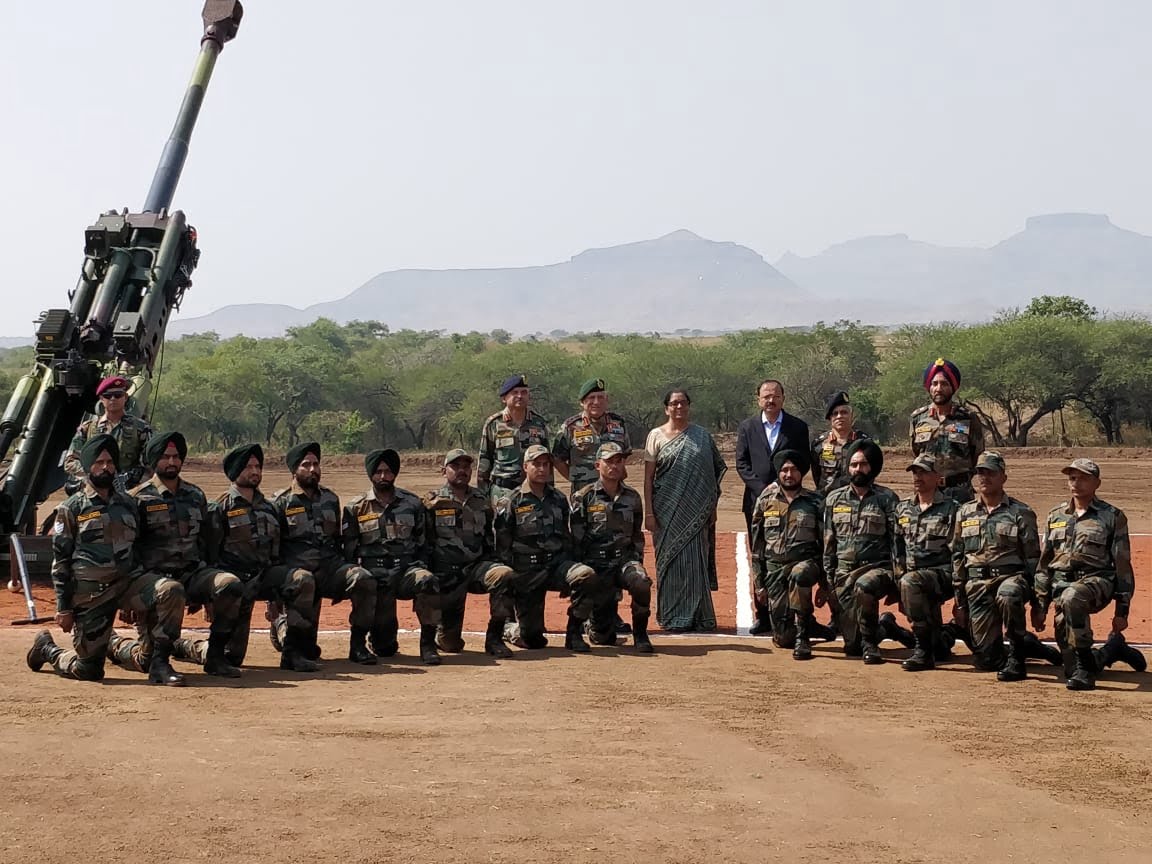Officials who are familiar with the situation say that Prime Minister Narendra Modi’s plan to make more defence systems in India leaves the country open to threats from China and Pakistan.
Officials say that India’s air force, army, and navy can no longer import some important weapons systems to replace old ones. They said that this could mean that India won’t have enough helicopters by 2026 and won’t have enough fighter jets by 2030.
Shortly after coming to power in 2014, PM Modi announced his “Make in India” policy, which means that everything from cell phones to fighter jets will be made in India. This will create jobs and keep money from leaving the country. But eight years later, the world’s biggest importer of military equipment still doesn’t make enough weapons locally to meet its needs, and government rules are stopping imports.
Depending on the type of military purchase or where it comes from, PM Modi’s programme requires between 30% and 60% of home-made parts. Before, there were no such limits, and India used a system where a certain amount of the cost of the purchase went back into making things in India.
As things stand, India’s military readiness is going to get worse, and it’s facing more danger from Pakistan and China, whose soldiers are stationed right next to Indian troops along the Himalayan border, where they clashed with Indian troops in 2020 and killed dozens of people. One person said that because India’s air force is weaker, the country will need twice as many soldiers on the ground to keep China from attacking.
For this story, Bloomberg talked to people from all three services in India. They asked not to be named because they wanted to talk about sensitive things.
The Ministry of Defense of India did not answer an email asking for comments.
India’s military has bought more defence items made in the country, but the country still doesn’t make complex platforms like diesel-electric submarines and fighters with two engines. Plans to buy fighters from foreign companies were put on hold because the Modi government wants the air force to choose single-engine fighters made in India, which are in short supply, and twin-engine fighter planes made in India, which the country doesn’t yet make.
The situation with the air force is particularly dire. Officials say that by 2030, the Indian Air Force may have less than 30 fighter squadrons, which is far less than the 42 that the military says it needs to protect the borders with both China and Pakistan. One official said that between now and then, the air force will have to ground about six squadrons, or 16 to 18 fighter jets, that will no longer be able to fly.
Officials say that the state-owned defence company Hindustan Aeronautics Limited in Bengaluru can only make eight indigenous Tejas fighters per year, which is about half of a squadron. They also said that the company plans to double its manufacturing capacity by 2026, but that this might not happen on time because Russia’s war in Ukraine could cause problems in the supply chain.
Tense Border
The other problem is helicopters. The air force, army, and navy still use light helicopters that were designed and built in France over 50 years ago and put into use in the 1970s. A defence ministry official said that almost 80% of India’s fleet of helicopters have already outlived their 30 year lifespan.
One defence official said that most of the army’s single-engine helicopters will have to be grounded by 2026, even though light helicopters made in the United States probably won’t be ready until the end of 2030. Planned production of Russian Kamov-226T helicopters hasn’t happened yet because of disagreements about cost and how many local parts should be used.
An official said that the Indian Army told the Defense Ministry last year to ignore PM Modi’s bans on imports and buy a few dozen utility helicopters that were badly needed. Officials say that both the air force and the army are making plans for what could go wrong and trying to make the old platforms last longer.
It costs lives to fly the old helicopters. Since 2017, 31 soldiers have died and 19 more have been hurt in accidents involving military helicopters, according to records kept by the Parliament until December 2018.
The push to use equipment made in the country is also giving the navy trouble. India’s submarine fleet relies on a small number of heavy torpedoes it bought 40 years ago.
The Defence and Development Research Organisation (DRDO) is working on a plan to make heavy-weight torpedoes that can be launched from submarines, but there is no set date for when they will be ready.
Rahul Bedi, an independent defence analyst in New Delhi, said that PM Modi’s plans to cut down on imports don’t take into account the fact that making world-class weapons systems costs billions of dollars and takes years of research. Even Indian defence platforms, like light combat aircraft or tanks, have about 50% of their parts made in other countries, he said.
Mr. Bedi said, “Make in India for defence isn’t well thought out.” “It’s a good slogan, but there’s not much else to show for it yet.”
